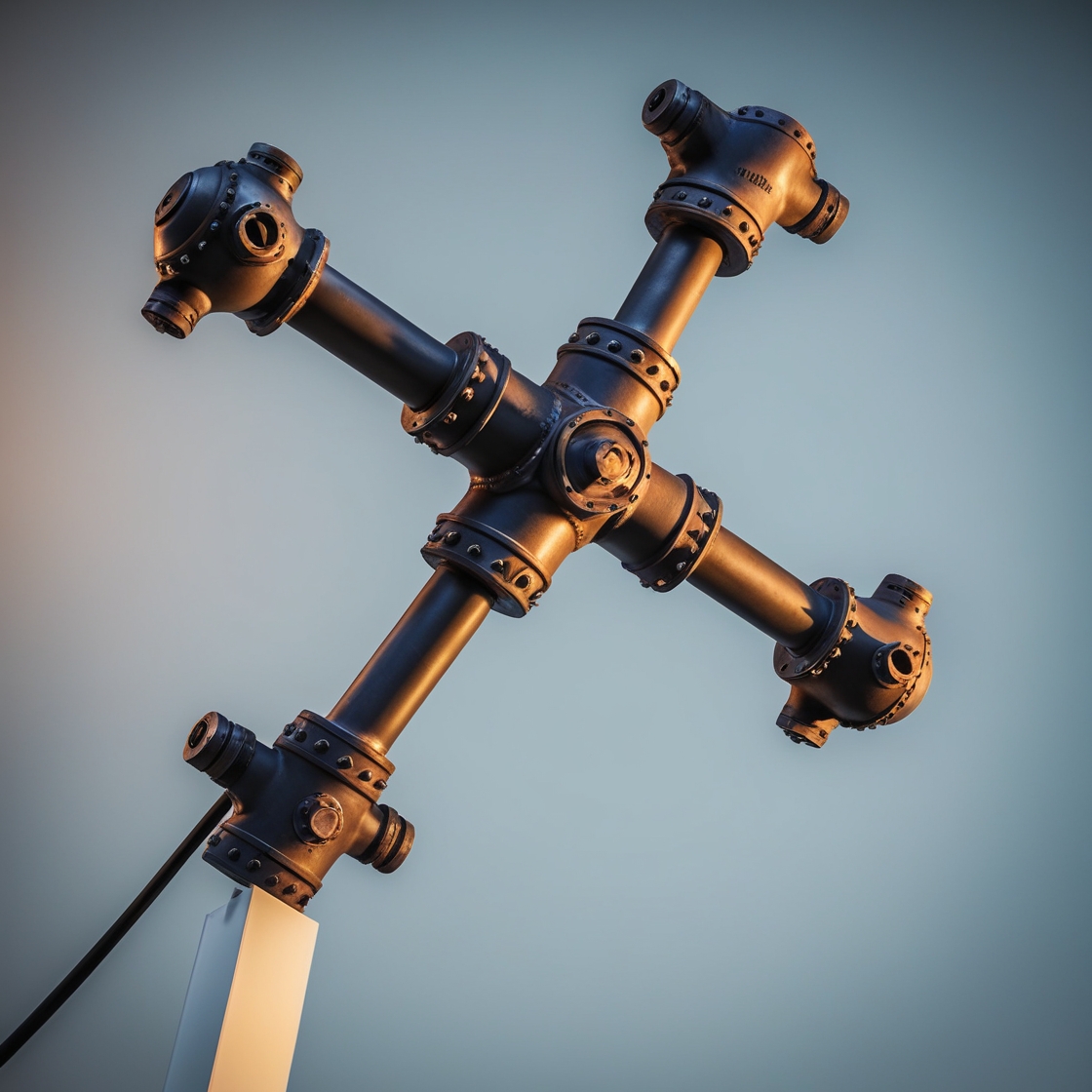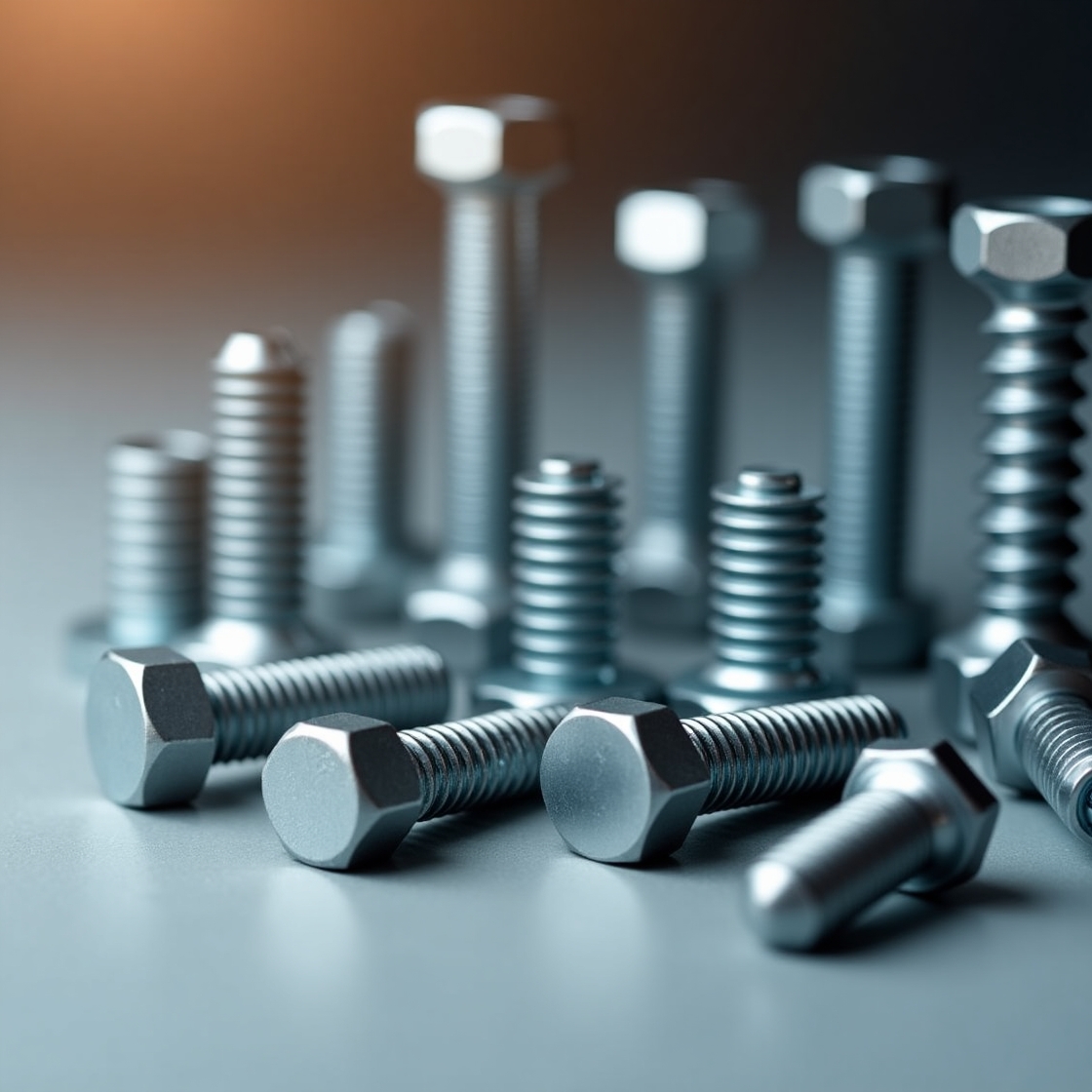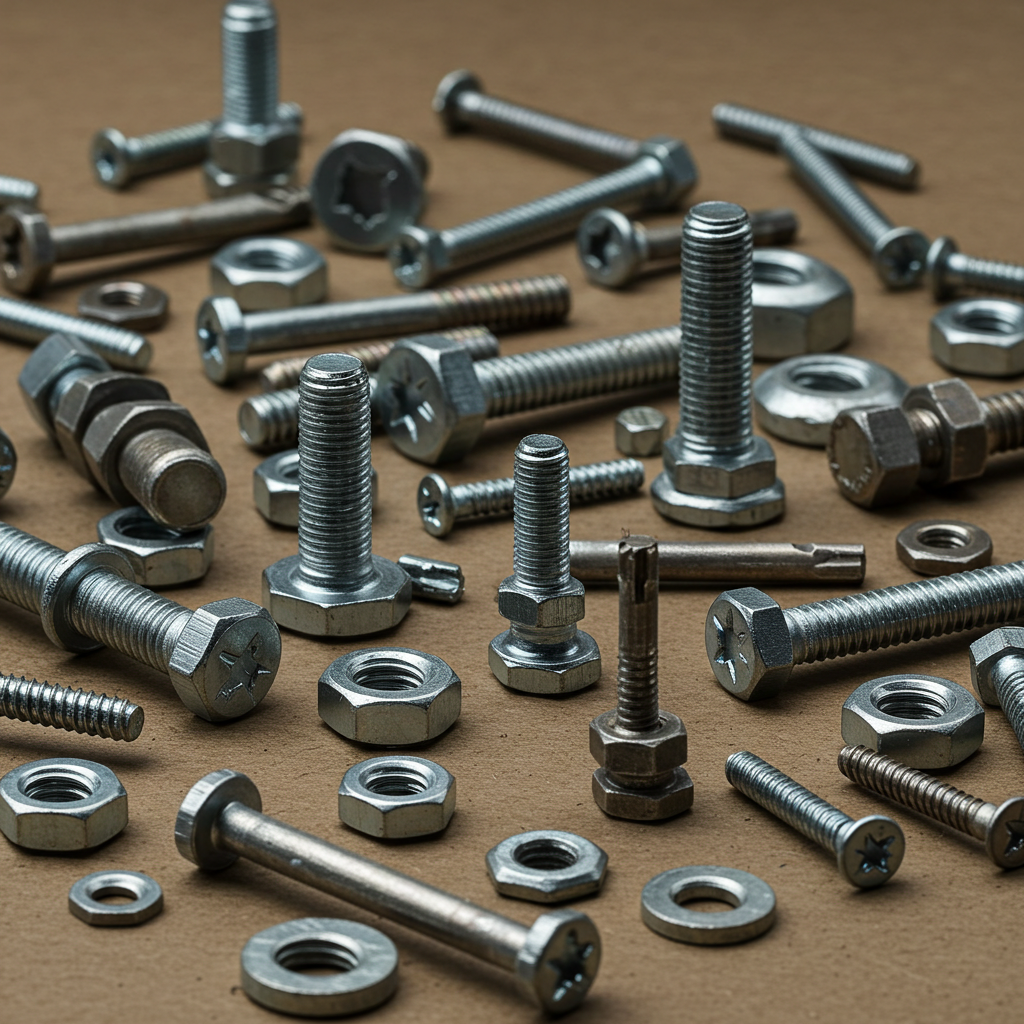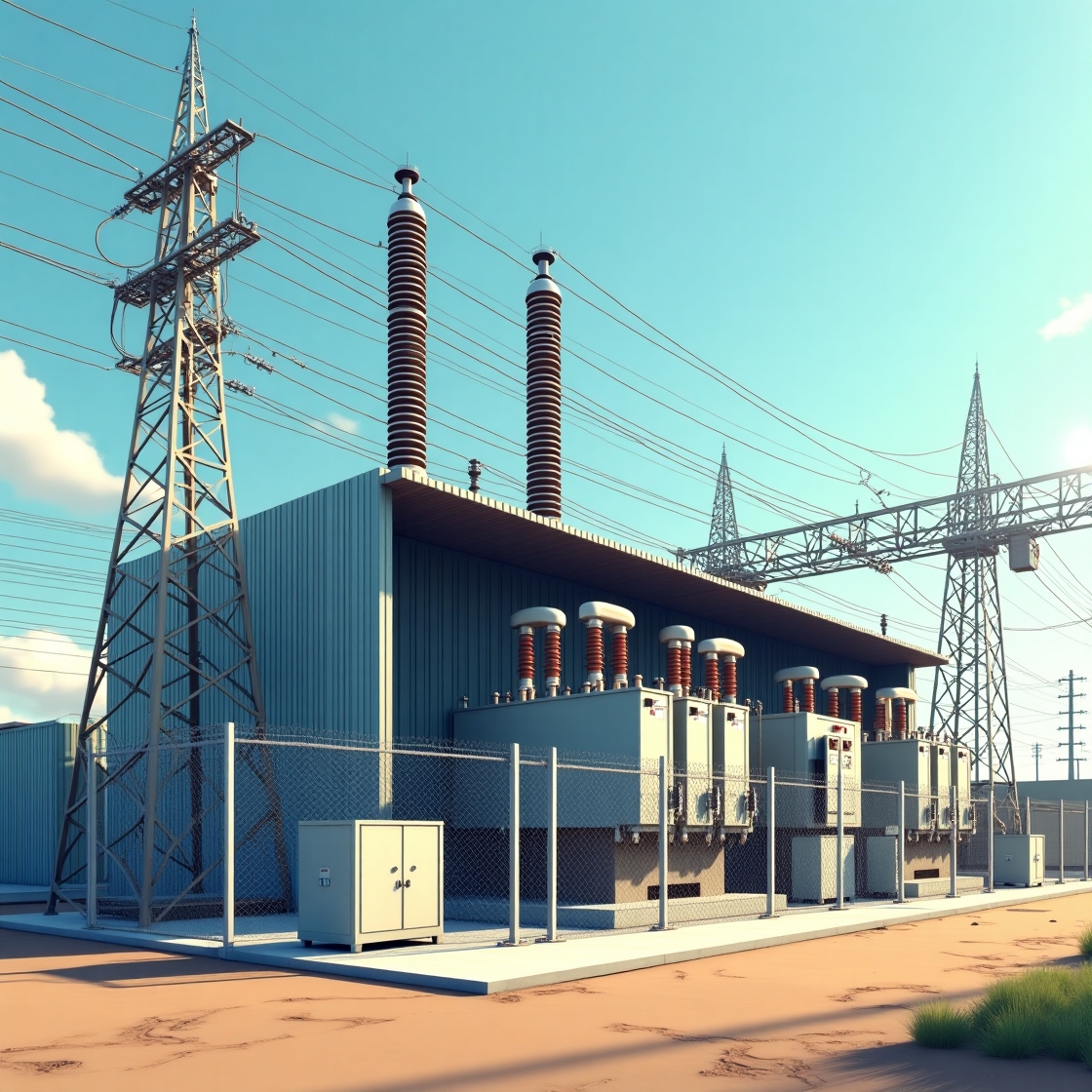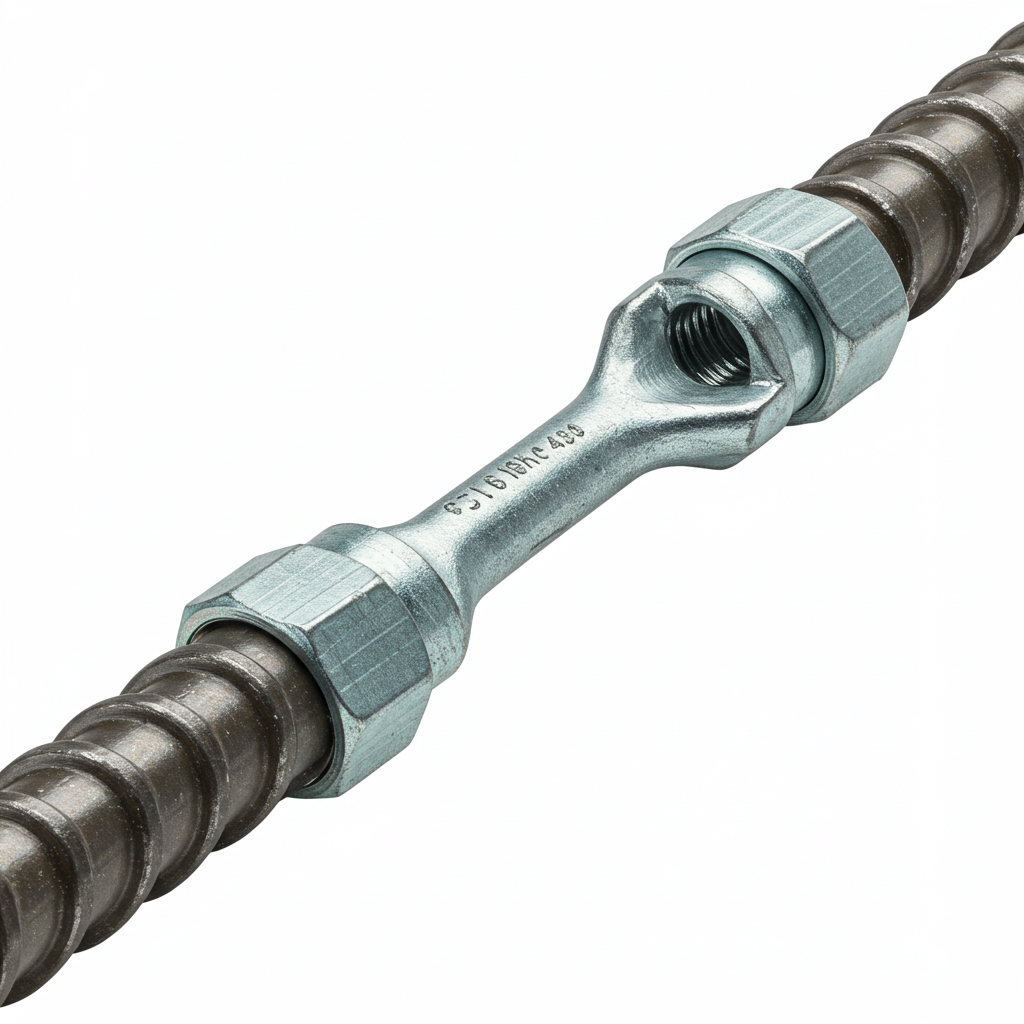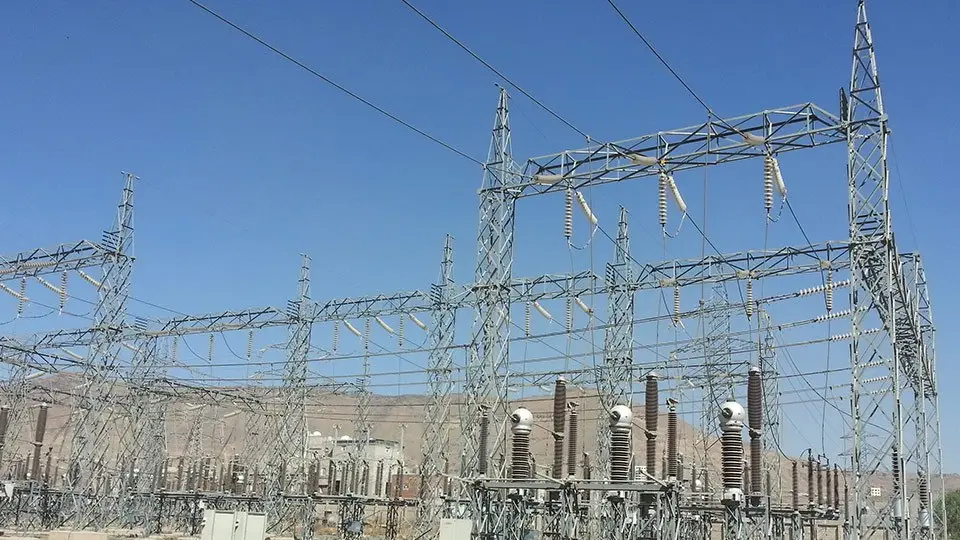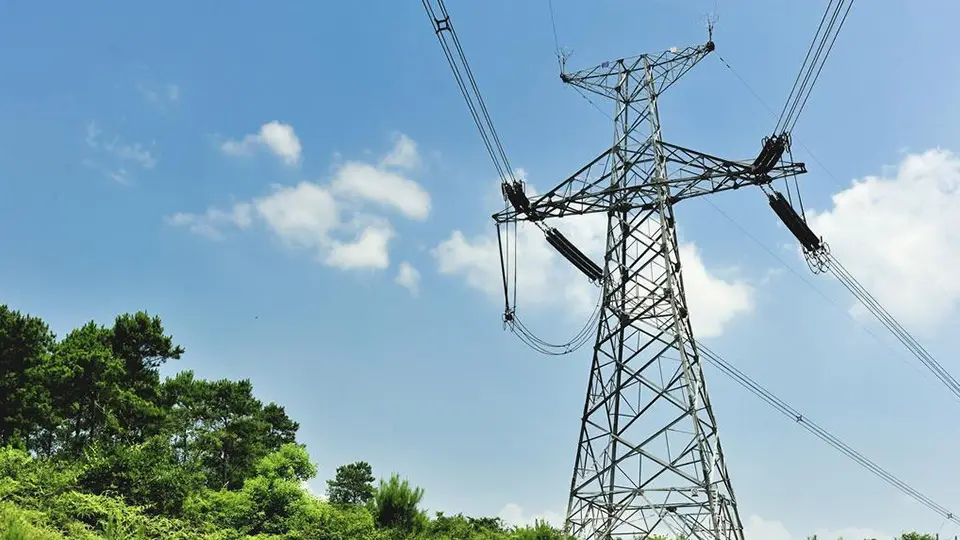Tower Steel Fittings
Tower steel fittings are a group of handbook elements that can be used to join, stabilize, and load-bearing steel towers for the load they are intended to bear. These fittings are necessary for constructing the towers used in transmitting signals for telecommunication or even electricity power transmission towers or wind turbines. They can be diverse but the common examples of fittings are the tower bolts, nuts, washers, connectors, brackets, cross arms, anchors, and the like.
These steel elements are used in the provision of connecting mechanical compartments of the tower.
Establishing the steadiness of the tower to the ground, and also provide solid structure in the entire tower ten.
Different forms of tower hardware exist and can be produced to meet various types of applications while the materials used in its production.
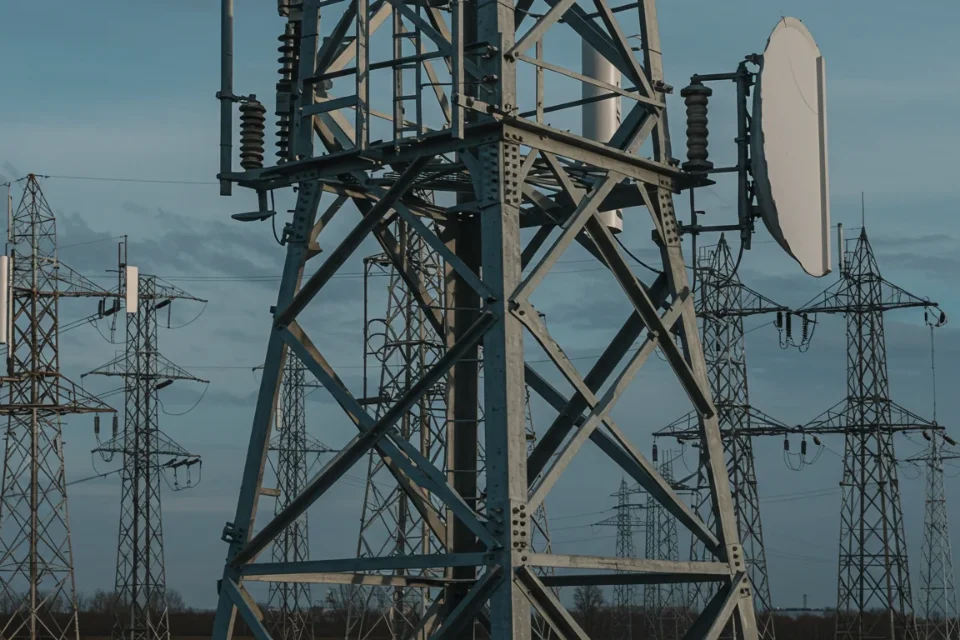
Work With Our Experienced Tower Installation Team
Types
Tower Bolts and Nuts
Also among the vital parts of the tower, bolts and nuts are resorted to in connecting tower parts appropriately. They are desirable for use in an application that is likely to exert a lot of load for instance power transmission tower or telecom tower. These fasteners can be produced from high tensile steel and many of them are galvanized so that they do not rust easily.
Tower Washers
Washers accompany bolts and nut used to distribute a load evenly so that it does not harm the tower material. The washers also ensure that the structure of the tower does not become loose as it continues to be used over a period of time.
Tower Clamps
Clamps are used in the tower to hold some parts, for example cross arms or any other part to be firmly fixed at the desired position. They aid installation and form one of the support structure of self-supporting construction tower.
Tower Cross Arms
Cross arms are structures that are mounted on the towers of telecommunication to hold some antennas and other related parts. Such components are useful in the construction of antenna towers to provide a proper attachment of the antennas and their appropriate positioning.
Tower Brackets and Connectors
Brackets and connectors are employed in connecting other sections of the tower that are particularly structural. These components provide additional reinforcement and are necessary to ensure the towers are more secure when exposed to tests for typhoons and other external pressures.
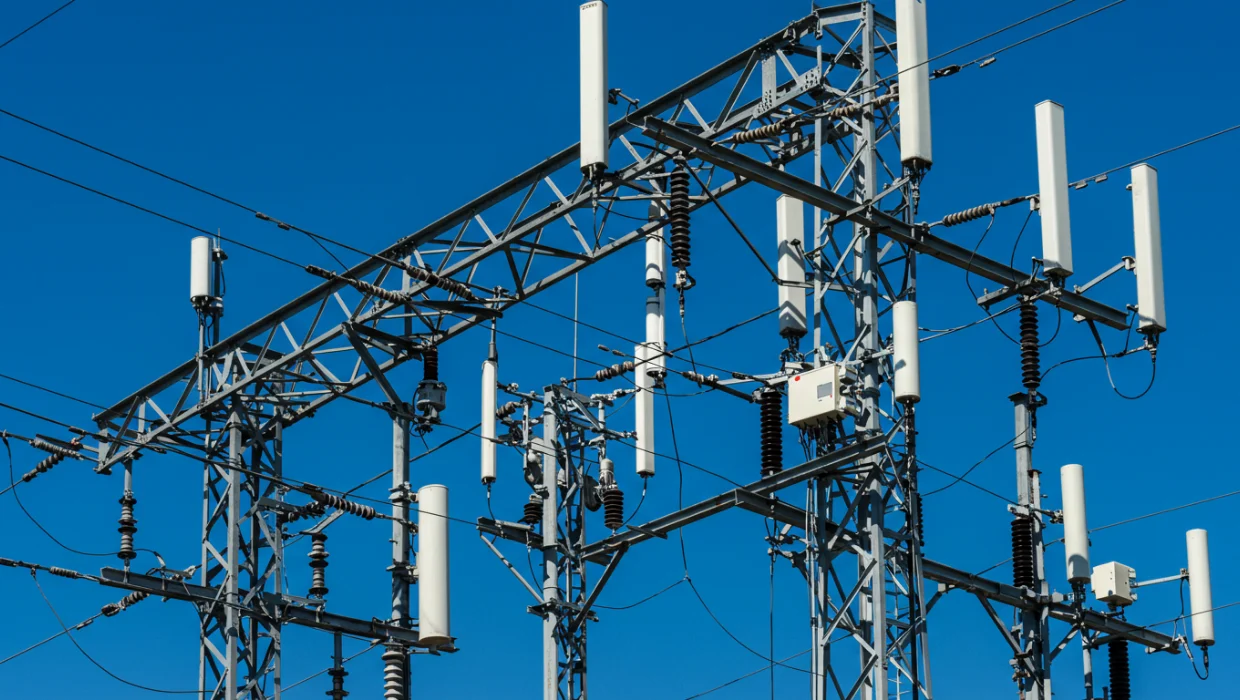
Materials
Galvanized Steel:
Galvanized steel is one of the most commonly used metals for the manufacturing of tower steel fittings due to its corrosion protective characteristic. tongues of the fittings are made from hot-dip galvanized steel that makes it possible to withstand all the conditions affecting them in the environment and possibly resist weather, water, and air-borne impurities.
Forged Steel:
The forged steel fittings are developed for such strenuous use where high strength components are required. The pipe fittings are produced through the process of pressing which makes it more suitable and strong than the normal one.
Cast Steel:
High carbon steel fittings are common in elements that need shoes of special shapes of better sectional dimensions. These are even more superior to forgings and are most suitable for applications involving high levels of stress.
Pre-Galvanized Steel:
Slightly above these steel pre-galvanized fittings are relatively cheaper though they provide only moderate protection against corrosion. These fittings are quite common in environments that are not extreme in terms of conditions of temperature, pressure and so on.
Applications
Steel fittings are widely used in the construction and repair of quite many towers from all types of towers. Below are among the important sectors that require high-quality steel fittings for the construction of towers:
Telecommunications Industry
Construction of telecom towers needs following highest safety measures and structural height and robustness. Properly cast metals such as tower bolts, brackets, and cross arms makes it possible to facilitate the support of antennas and other communication equipment.
Power Transmission Industry
In power transmission the assembly known as tower fittings is applied in order to guarantee that the high voltage transmission lines would be adequately supported. The typical components that are aggravating these towers include anchor bolts, base plates and bracing for guaranteeing that these towers meet these loads and forces of the environment.
Wind Turbine Industry
In the construction of the wind turbine tower for instance, steel fittings used require the support of the large mass of the wind turbine as well as the forces from the wind. It is for this reason that the strength and corrosion resistant of these fittings are keys in the longevity of wind energy systems.
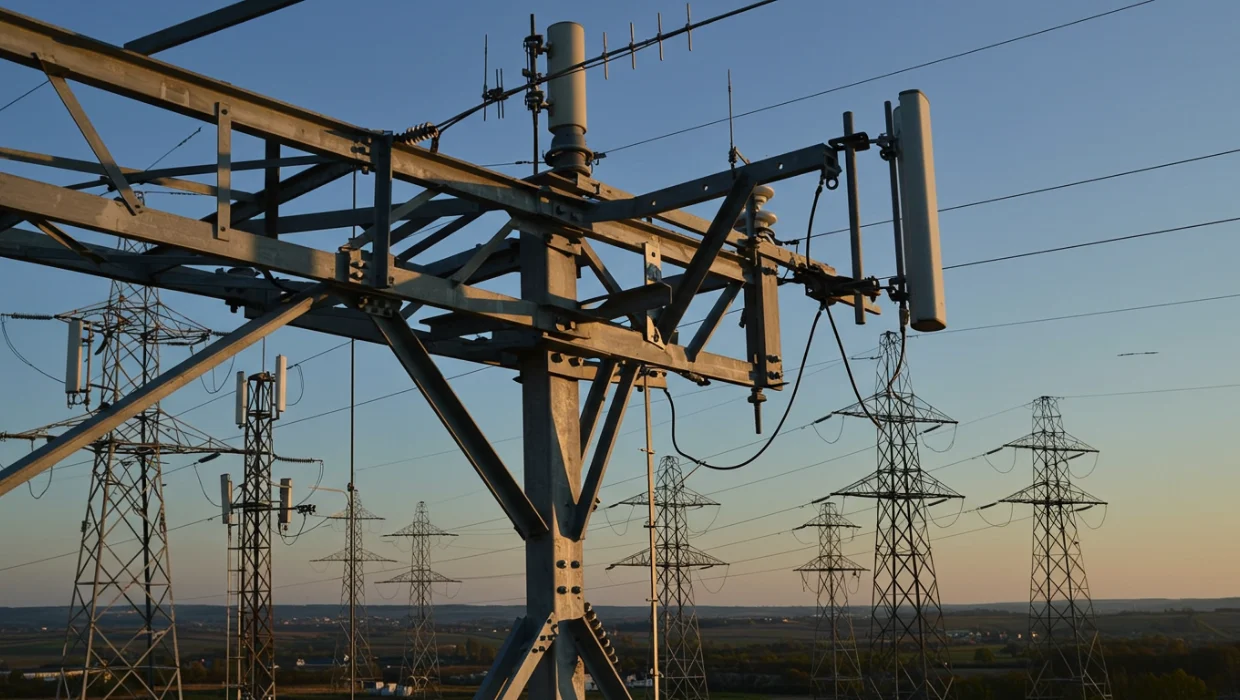
Advantage
Durability and Strength:
Hot-dip galvanized steel or forged steel material used for the tower layout ensures that such structures can resist heavy loads, wind pressure or strain, and any other environmental conditions.
Cost-Effectiveness:
Purchasing long-lasting tower hardware is more cost-effective as it can be employed for larger lengths of time without the need for fixes and replacements.
Safety and Compliance:
High quality has been adopted in the manufacturing of structures hence meeting set standards by various authorities with a view of protecting the workers and the public. This is through ensuring that the steel fittings used meets the ASTM standards which are certification indicating that the material used in the dimensional table is appropriate.
Enhanced Stability:
Some of the appropriately fabricated components of tower construction include anchors, bracing, as well as the cross arms and all these are used in an attempt to ensure that the towers stand even under all the impossible weathers.
In any construction of a tower or even retaining one, it is essential to choose the most suitable steel fittings that can be useful when it comes to effects, durability, and stead of the tower. Regardless of whether it is a telecommunication tower, power transmission tower, or wind turbine tower, the choice of fittings which include the tower bolts, connectors, brackets, and cross arms shall determine the performance of the tower in the long run. For more information on tower steel fittings, visit XY Tower, your trusted supplier of high-quality steel tower hardware and tower accessories.
Want to Get More Details About Steel Towers? We're waiting for your contact!
Related Products
Related Resources
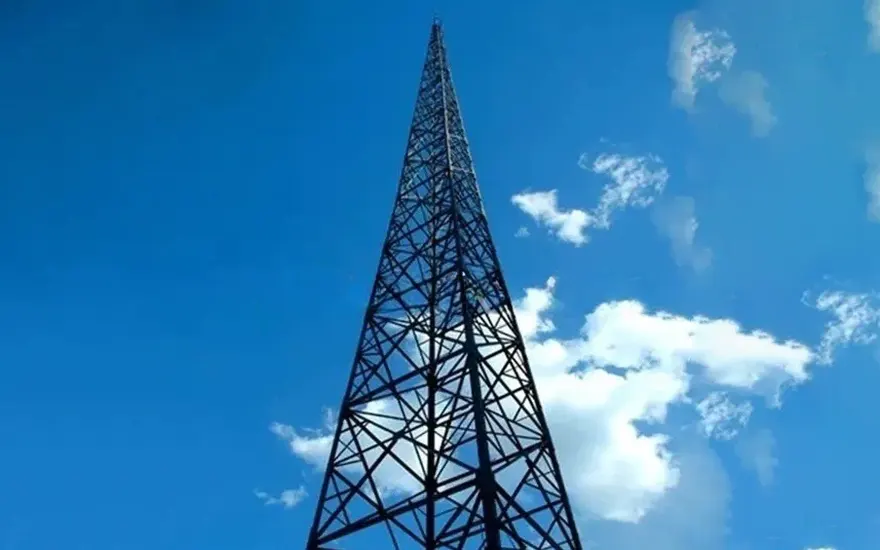
What is Lightning Towers?
- Our design staff has licensed structural engineers who have specialized in tower design. They are professionals who well-equipped with the knowledge in the rules and regulation of structural tower in the industry.

